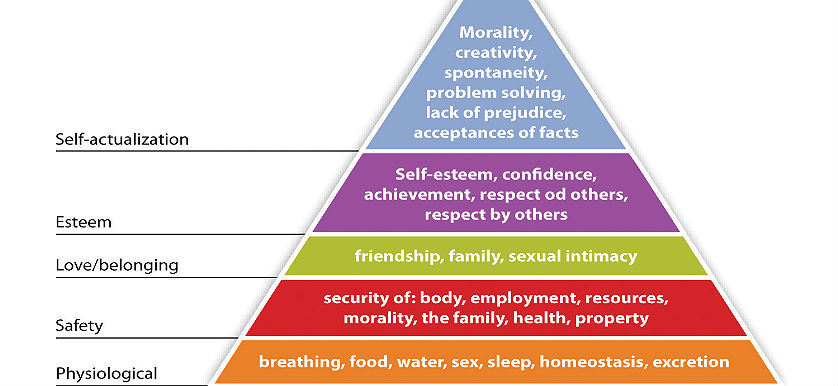Engaging Employees – A Brief Overview for Managers

When employees have some form of emotional attachment to an organization, a work position, their colleagues or even the work culture, that employee is said to be engaged and that is one of the key factors for a successful business. An engaged employee is one who has found his purpose within the organization and has a sense of pride in his job and what his role in the organization represents.
This is why it is pertinent that employers strive to gain an understanding of why people chose the jobs that they do and what their primary motivators are.
As an employer, it goes without saying that you should take an interest in the lives of your employees, find out what they have a passion for, what position they desire to attain in life, what goals they have drawn up for themselves and generally what gives them a sense of purpose. This information will guide you on how best to support their endeavors.
At this point, you should note that as a leader, building a productive and enabling environment for your staff to function effectively is a competency that you must have.

Abraham Maslow’s Hierarchy of Needs Theory
To elaborate on the points mentioned in the above paragraph, we will be taking a look at Abraham Maslow’s Hierarchy of Needs theory which he proposed in 1943 in a paper titled “”A Theory of Human Motivation”.
In categorizing human needs, Maslow grouped them into 5 levels on a pyramid with the most basic needs occupying the base of the pyramid.
- Starting off, he identified biological physiological needs as man’s most basic needs. This level covers such needs as shelter, food, air, sleep etc.
- Going one step up on the pyramid brings us to the need for Safety – Man wants to feel safe; he needs some form of protection from the elements, he wants some form of stability in his life. He recognizes the need for order and limits as well.
- On the third level of the pyramid is the need for Belonging and Love – As humans, we desire to be accepted, we desire to be loved. We feel the need for relationships and friendships.
- Moving up the pyramid we come to the fourth level, the need for esteem – This includes self-esteem, the need for achievement, status, mastery amongst others.
- Finally, we come to the top of the pyramid which houses the need for self-actualization – Man desires to realize his full potential, he needs to attain self-fulfillment and to see just how far he can go while seeking personal growth.
How does Maslow’s Hierarchy of Needs Influence Employee Engagement?
Maslow argues that it is only when a person meets their basic needs can they move up the pyramid. An employee who is yet to feel accepted at the workplace, who does not feel their work is being appreciated would much rather prefer to pursue the attainment of this need before he moves on to fulfill his need for self-esteem.
Employee engagement goes beyond knowing if a person loves the job they have been offered, it’s about understanding what drives that employee. That points to the fact that a one-size fits all employee engagement program would not be the way to go when designing such programs.
Rather, certain steps should be taken in order to get to the root of the problem and subsequent design a solution that would produce more actively engaged employees in the organization.
Steps to Improve Employee Engagement in the Organization
- Schedule one-on-one interviews to identify what their needs are and what challenges they currently face within and outside the organization.
- Design team building programs that would draw in even the most introverted employees.
- Help them understand the company’s mission and vision and assisting them in discovering their role in achieving this vision.
- Give them room to realize their full potential within the company.
- Support their growth by giving constant feedback and recommending trainings and programs that might be beneficial to the growth of their career.
- Recognize and when possible, reward hard work, especially those that are geared towards customer satisfaction and ease of processes; this spurs them to aim even higher.
- Constant motivation is key to employee engagement, continuously inspire them to aim for greatness.
In conclusion
We can clearly see that motivation is the key to employee engagement and employee engagement is the foundation on which successful companies are built. An engaged employee would be less inclined to call in sick every so often, neither will they feel comfortable spending office time on less productive activities. This will go a long way to reducing employee turnover and reducing operating costs on the long run.
For a more in-depth understanding of employee engagement, and what roles managers can play in motivating employees, please visit Nutcache and read the article in its full length.
About the author
As Director of Products and Scrum Product Owner, Sébastien is the mastermind behind Nutcache, spending most of his time transforming ideas into features. He is a certified Professional Scrum Product Owner with over 20 years experience in project management in the software industry. His project related articles have been published on several major websites and blogs such as tech.co, smallbiztrends.com, business.com and many others.
Image sources:

Tags: Employee Engagement, Employee Performance, Motivating Employees





